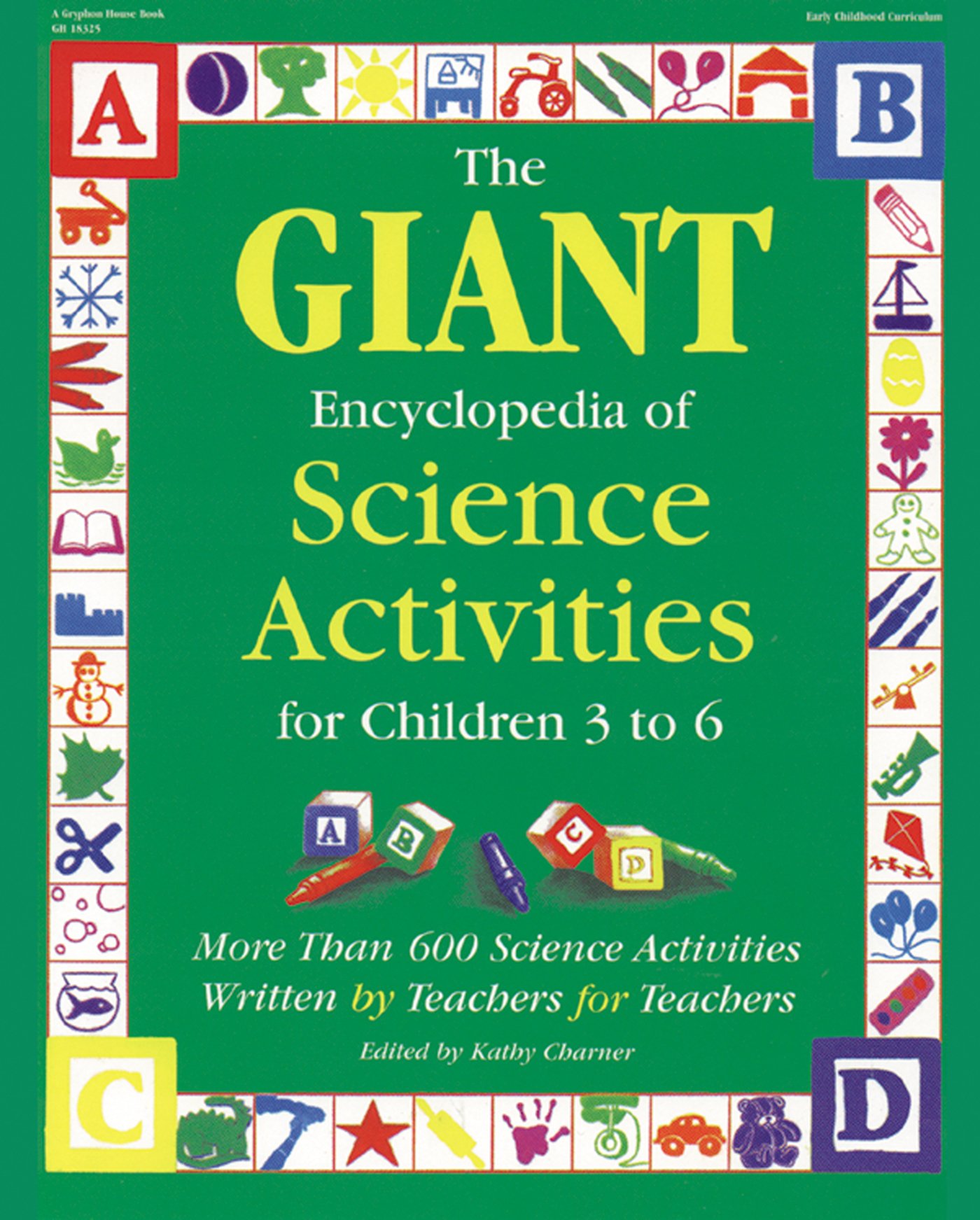Materials
Sign language book with clear illustrations or videotape of sign language demonstration
Note: If possible, consult with someone who is fluent in sign language.
Instructions
1. In advance, select and practice simple signs that are easily related to the object or actionthey represent. Suggestions include signs for eat, stand, girl, boy, love, butterfly, soup, bowl,cup, drink, dance, fall, sit, swing, hat, coat, smile, tears, cry, hug, smell, hear, look, house,telephone, baseball, ball, time, toothbrush, horse, dog, cat and caterpillar.
2. Introduce the children to the concept of sign language. Explain that sign language is used bypeople who cannot hear and that it is entirely a visual language. Point out that hearingpeople learn sign language to communicate with non-hearing people, but they can also usesign language as a kind of secret code with friends who understand it or to communicateacross a crowded room or while eating.
3. Demonstrate a few simple signs and ask children if they can guess why these signs werecreated to represent the spoken word. For example, ask them if they can see the movementof a butterfly in the fluttering of your hands as you sign it.
4. Now play a game to see if the children can guess the meaning of other signed words. Thiscould be played like charades, but instead of pointing at the first child to correctly identify thesign, simply acknowledge that you heard the correct word and repeat it.More to doMore science: Continue teaching signs as you do things throughout the day. Say, "You sign thatthis way. Can you guess why?" * Teach children to sign their names using signs for letters of thealphabet.
